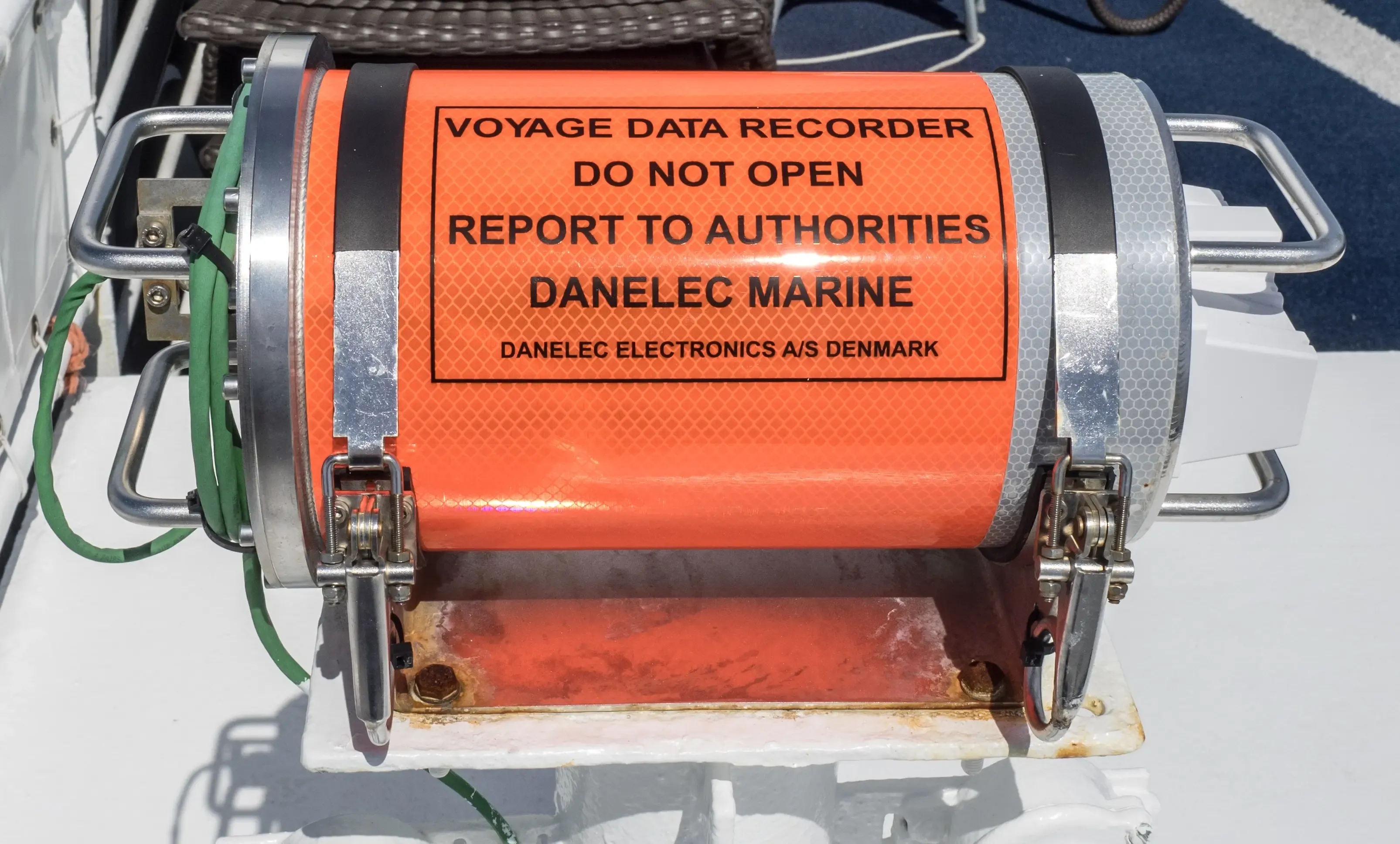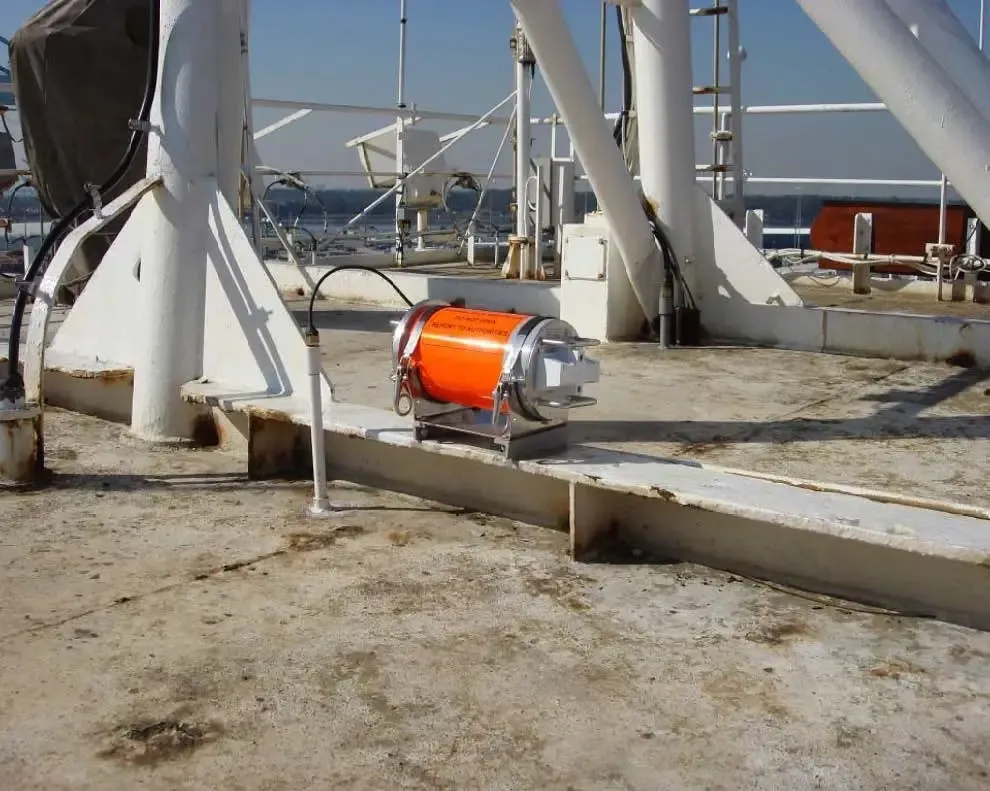
Everything About the Voyage Data Recorder (VDR)
A Voyage Data Recorder, or VDR, is a crucial piece of equipment on modern ships, akin to the black box found in airplanes. It continuously records various data from the ship’s navigation systems and communications to help investigators in case of an incident. Understanding the VDR’s role and functionality is essential for maritime safety and operations.
What is a Voyage Data Recorder?
The Voyage Data Recorder (VDR) is a system mandated by the International Maritime Organization (IMO) for most commercial vessels. It collects data from various sensors on the ship to provide a comprehensive overview of the vessel’s operational state. This data includes information like the ship’s position, speed, heading, communication audio, and even radar readings.
Why is the VDR Important?
The VDR plays a vital role in maritime safety. In the event of an accident, collision, or other incidents, the recorded data helps investigators reconstruct the events leading up to the occurrence. This information is invaluable in understanding the cause of the incident, preventing future accidents, and improving maritime safety protocols.
How Does the Voyage Data Recorder Work?
The VDR is designed to continuously record data on a 12-hour loop, storing information securely in a crash-survivable unit. This unit is built to withstand extreme conditions, such as high pressure, heat, and immersion in water. The VDR records:
- Bridge audio: Conversations and sounds on the ship’s bridge.
- Navigational data: GPS position, speed, heading, and course.
- Radar images: Screenshots of radar displays.
- Engine data: Information about engine performance and any alarms.

Technical Properties of a Voyage Data Recorder
Voyage Data Recorders are designed to be robust and reliable, capable of operating in the harshest maritime environments. Here are some key technical properties of a VDR:
- Data Storage Capacity: VDRs typically store data on a 12-hour loop, but modern units can store up to 48 hours or more of continuous data.
- Crash-Survivable Memory: The data is stored in a highly durable memory capsule designed to survive severe conditions, including fire, deep-sea pressures, and impact forces.
- Battery Backup: In the event of a power loss, VDRs are equipped with battery backups to ensure continued data recording for a limited time.
- Self-Test Features: VDRs have built-in diagnostic tools that regularly check system functionality and alert the crew if any issues arise.
- Protected Microphones: The bridge microphones are designed to be waterproof and fireproof, ensuring that audio recordings are captured even in adverse conditions.
Types of Voyage Data Recorders
There are two main types of Voyage Data Recorders:
- Full VDR:
- Target Audience: Required for all new cargo ships over 3,000 gross tons and all passenger ships.
- Data Collected: Includes comprehensive data such as bridge audio, radar, AIS, engine parameters, and more.
- Installation: Integrated with various ship systems for real-time data recording.
- Simplified Voyage Data Recorder (S-VDR):
- Target Audience: Required for existing cargo ships over 3,000 gross tons built before July 1, 2002.
- Data Collected: Collects a subset of data (like position, speed, and basic engine data), sufficient for accident investigation.
- Installation: Easier to retrofit onto older vessels due to fewer integration requirements.

Minimum Requirements for a Voyage Data Recorder
The International Maritime Organization (IMO) sets forth specific requirements for VDRs to ensure they meet the necessary safety and functionality standards. The minimum requirements include:
- Data Collection: VDRs must continuously record data related to the ship’s position, speed, heading, bridge audio, radar, and engine performance.
- Survivability: The data capsule must be able to withstand extreme conditions, including high-impact collisions, fire, and prolonged submersion in water.
- Recording Duration: VDRs should have the capacity to store at least 12 hours of continuous data. However, modern regulations often require longer periods of data retention.
- Automatic Recording: The VDR must operate automatically without requiring manual activation from the crew.
- Alarm System: VDRs should have a built-in alarm system to notify the crew of any malfunctions or issues with data recording.
Maintenance and Legal Requirements
Maintaining a VDR is vital to ensure its data is reliable when needed. Ships are required to have their VDR inspected annually to ensure proper operation. The recorded data is also periodically reviewed to check the quality and relevance of the information stored.
- Regular Inspections: VDR systems must undergo annual performance tests to ensure all components function correctly and comply with regulatory standards.
- Battery Replacement: Batteries that power the VDR in the event of a power failure should be checked regularly and replaced as needed to ensure uninterrupted recording.
- Software Updates: VDRs may require periodic software updates to improve performance, add new features, or comply with updated regulatory standards.
- Data Integrity Checks: Regular checks should be conducted to ensure the data being recorded is accurate and complete, especially after software updates or maintenance activities.
- Compliance Documentation: Ship operators must maintain documentation proving the VDR’s compliance with international regulations, including inspection reports, maintenance logs, and certification records.
The Future of VDR Technology
With advancements in technology, modern VDRs are becoming more sophisticated, offering better data collection and easier retrieval. They are becoming more integrated with ship systems, providing real-time data transmission to shore-based facilities for better fleet management and safety oversight.
Understanding the Voyage Data Recorder’s function and importance is crucial for anyone involved in maritime operations. It is not just a regulatory requirement but a key component in safeguarding lives at sea and ensuring continuous improvement in maritime safety standards.